Nest Record Scheme

Nest Record Scheme participants gather vital information on the breeding success of Britain's birds by following the progress of individual nests.
Every year almost 750 NRS participants monitor over 35,000 nests of different bird species in a variety of habitats. Thanks to the dedication of these volunteers, the BTO and other scientists can use the Nest Record Scheme’s unparalleled long-term dataset to assess the impacts that changes in the environment, such as habitat loss and global warming, have on the productivity of wild birds.
You can participate whether it’s by following the progress of a few nests in your local area, erecting and monitoring boxes or becoming a highly skilled nest finder. As with all BTO surveys, the welfare of birds comes first and we expect all participants to follow the Code of Conduct, a set of precautions designed to ensure that monitoring a nest does not harm or put it at risk.
Want to monitor a small number of nests in your garden?
You might prefer our simple to use garden nest recording survey, called Nesting Neighbours.
Find out moreTime / skill required
Project timeline, contributions & findings
Project timeline
- Early Feb Look out for early nesters like Long-tailed Tit
- Late Apr Most residents and migrants now nesting
- Early Sep Still time for late nesters like Goldfinch and Woodpigeon
- End Oct Records needed for early analysis of the season
- End Jan Records needed for full analysis of the season
Contributions & findings

Help us continue our vital surveys
Increased pressure on funding is putting our surveys at risk, threatening our ability to drive positive change for the UK’s birds. We need your support.
Donate today
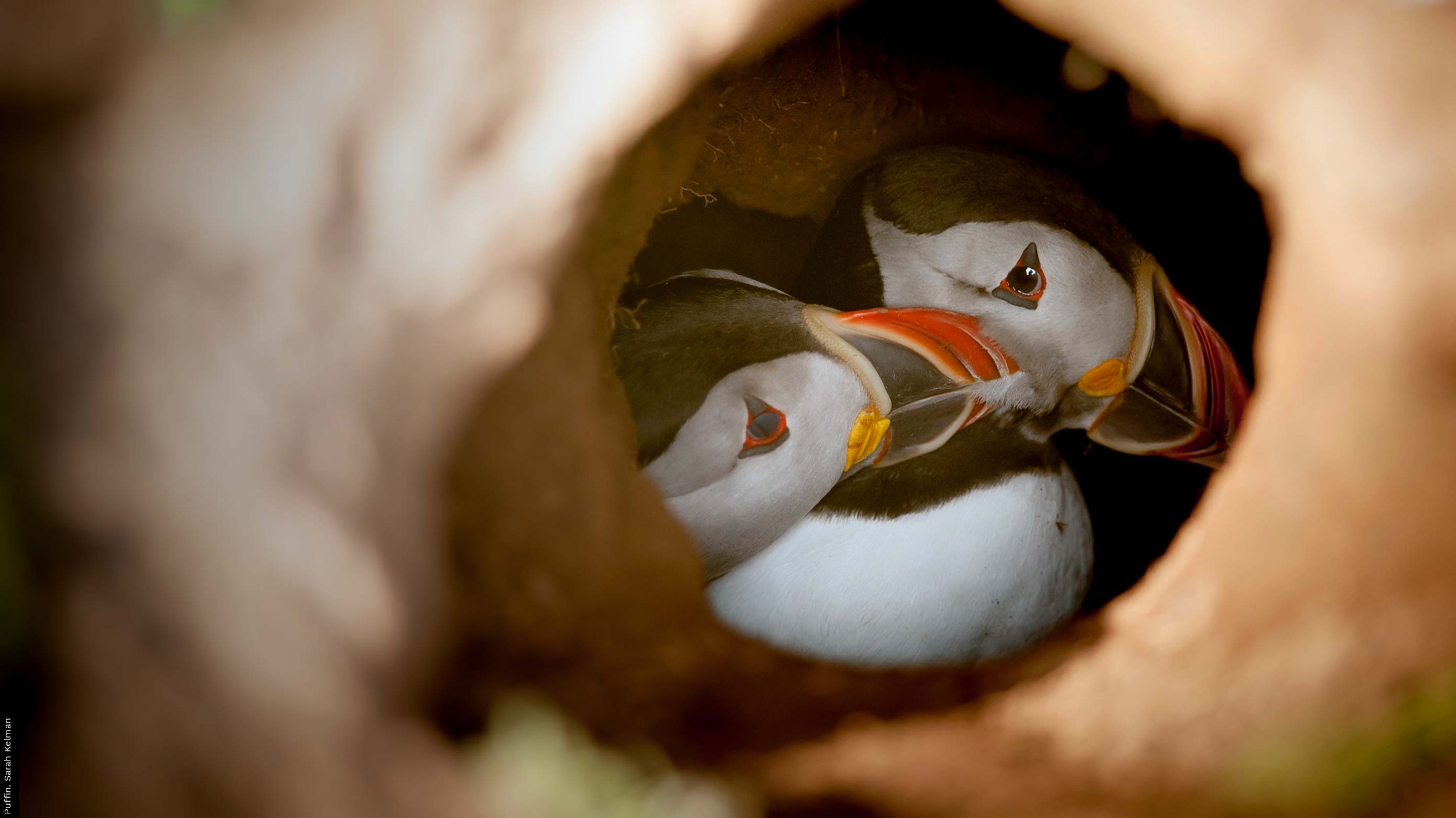


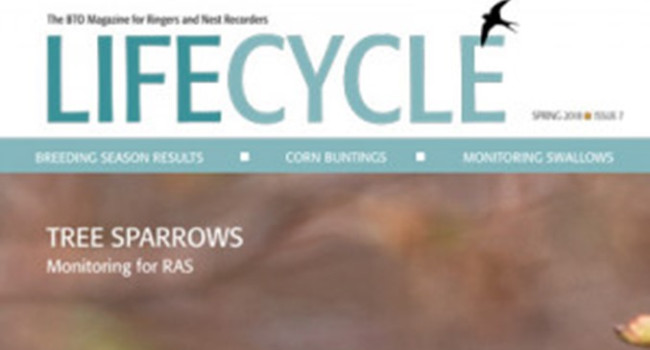
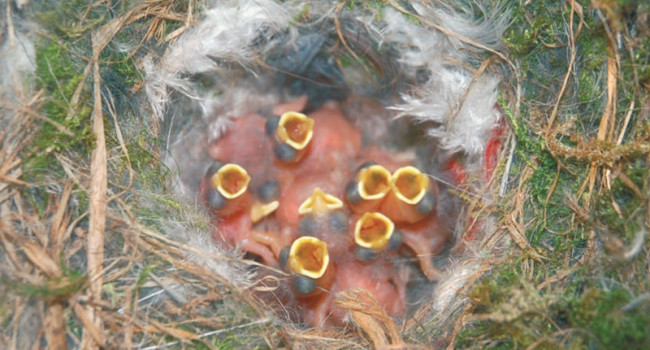

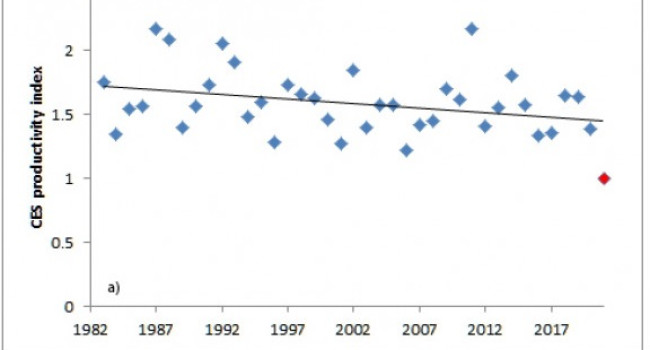
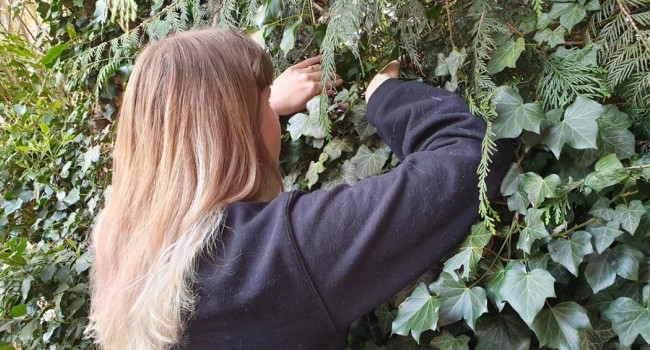


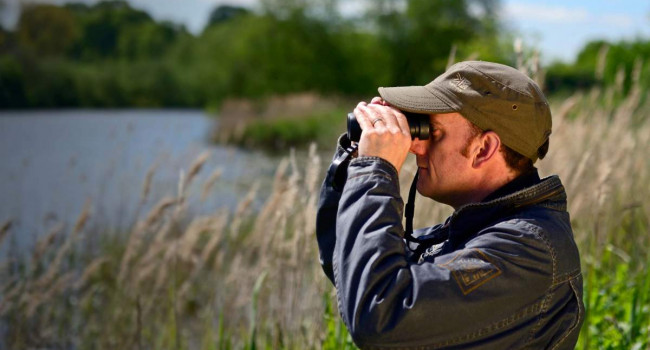
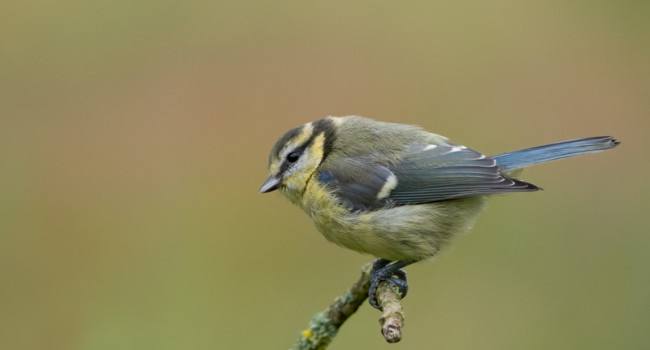

Share this page